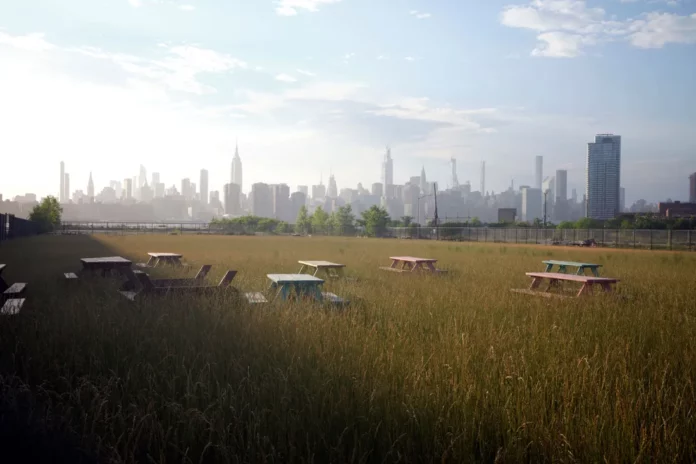(June 10, 2020, in Williamsburg. Photo: JOHN TAGGART/The New York Times/REDUX)
by Joe Nocera and Bethany McLean
Originally Published: October 30, 2023
On April 8, 2020, the Chinese government lifted its lockdown of Wuhan. It had lasted 76 days — two and a half months during which no one was allowed to leave this industrial city of 11 million people, or even leave their homes. Until the Chinese government deployed this tactic, a strict batten-down-the-hatches approach had never been used before to combat a pandemic. Yes, for centuries infected people had been quarantined in their homes, where they would either recover or die. But that was very different from locking down an entire city; the World Health Organization called it “unprecedented in public health history.”
The word the citizens of Wuhan used to describe their situation was fengcheng — “sealed city.” But the English-language media was soon using the word lockdown instead — and reacting with horror. “That the Chinese government can lock millions of people into cities with almost no advance notice should not be considered anything other than terrifying,” a China human rights expert told The Guardian. Lawrence O. Gostin, a professor of global health law at Georgetown University, told the Washington Post that “these kinds of lockdowns are very rare and never effective.”
Read More HERE


